Our Services
On the complex stage of international logistics, liquid, powder and paste goods are like a group of “sensitive elves”. Due to their special physical forms and potential risks, they have always occupied the “special high ground” in the transportation field. The sensitivity of these goods is beyond imagination.
On the one hand, from a safety perspective, many liquids are corrosive. Once the packaging is damaged and leaks, it will not only erode surrounding goods, but also may cause structural damage to the means of transportation. Some varieties of powder goods have significant flammable and explosive characteristics.
Fine particles floating in the air may trigger a disastrous explosion if there is the slightest carelessness when encountering an open flame or static electricity, and its power is enough to threaten the safety of the entire transportation chain. Although paste goods seem relatively “docile”, they actually have both fluidity and viscosity.

Under changes in temperature and pressure, they may deteriorate and seep out, adding uncertainty to transportation. Fortunately, with our well-established channel service network and professional and superb operation team, we can break through difficulties for customers, skillfully solve problems, and steadily deliver these tricky and sensitive goods to their destinations.
In-depth Interpretation of Goods Characteristics
Liquid goods come in various forms, covering all kinds of acid-base solutions, industrial solvents, daily beverages, etc. Their fluidity makes them extremely vulnerable to external forces and prone to changing their forms.
If there is the slightest gap or poor sealing in the container, leakage will occur immediately. Powder includes chemical raw material powder, fine metal powder, food powders such as milk powder and flour, etc.


Besides the hidden danger of dust pollution, the active ingredients of some special powders are extremely likely to undergo chemical reactions after coming into contact with air and moisture, with a very high risk of deterioration. What’s more, they may release toxic gases. Paste goods such as high-end cosmetic essence paste, medicinal ointment, and industrial special lubricating paste have complex ingredient combinations, resulting in drastic fluctuations in viscosity and fluidity under different temperature and humidity environments, and demanding strict storage and transportation conditions.
These characteristics intertwined determine that compared with ordinary goods, they require all-round and multi-level special care.
Difficulties in International Transportation
Airline Restrictions:
Airlines, considering flight safety as the “lifeline”, impose extremely strict controls on the boarding of liquid and powder goods. In most cases, the volume of liquid that passengers can carry with them in a single bottle shall not exceed 100 milliliters, and the total volume shall not exceed 1 liter, and they need to be packed in a transparent sealed bag.
This civil aviation standard, when applied to the freight field, means that a large number of liquid and powder goods are difficult to directly apply the conventional air freight process. The slightest mistake may easily lead to misjudgment as dangerous goods and subsequent refusal of carriage.
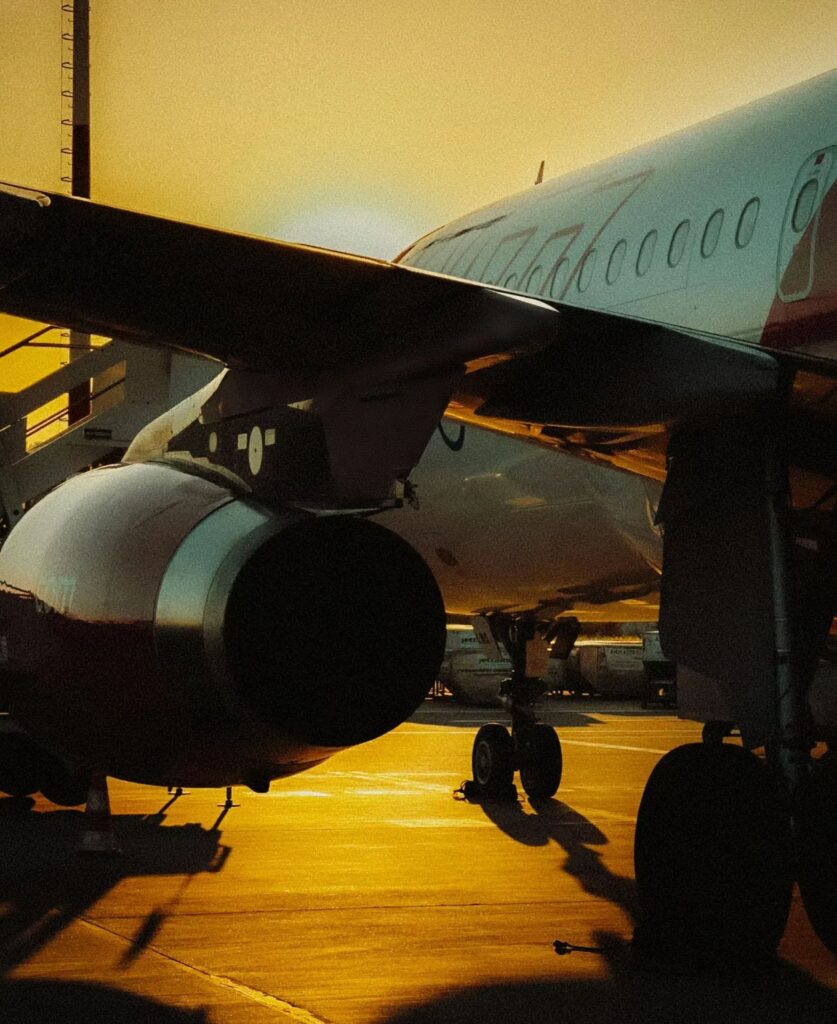

Risks in Sea Freight:
During the long journey of sea freight, the long-term jolt and shaking of the ship when encountering wind and waves pose a huge test to the sealing performance of liquid cargo containers. Once a leak occurs, it will not only contaminate other goods on the same ship and erode the ship’s structure, but also may cause secondary hazards such as smoke and peculiar smell due to chemical reactions.
If powder goods get damp and agglomerate, their quality will be greatly reduced. In the closed cargo hold, which is like a “powder keg” environment, fine dust accumulates. With the slightest spark or high temperature incentive, the hidden danger of dust explosion will follow closely, casting a heavy shadow over the safety of the entire ship’s cargo and the lives of the crew.
Customs Supervision:
Customs of various countries conduct meticulous examinations of such sensitive goods, as if using a “magnifying glass”. They require detailed ingredient descriptions, precise usage certificates, and compliant production qualifications and other documents to ensure that the goods do not pose a threat to public safety and strictly comply with the quality standards and environmental requirements of the importing country. If there is the slightest flaw in the documents, the goods may be detained at customs, delaying the delivery cycle.
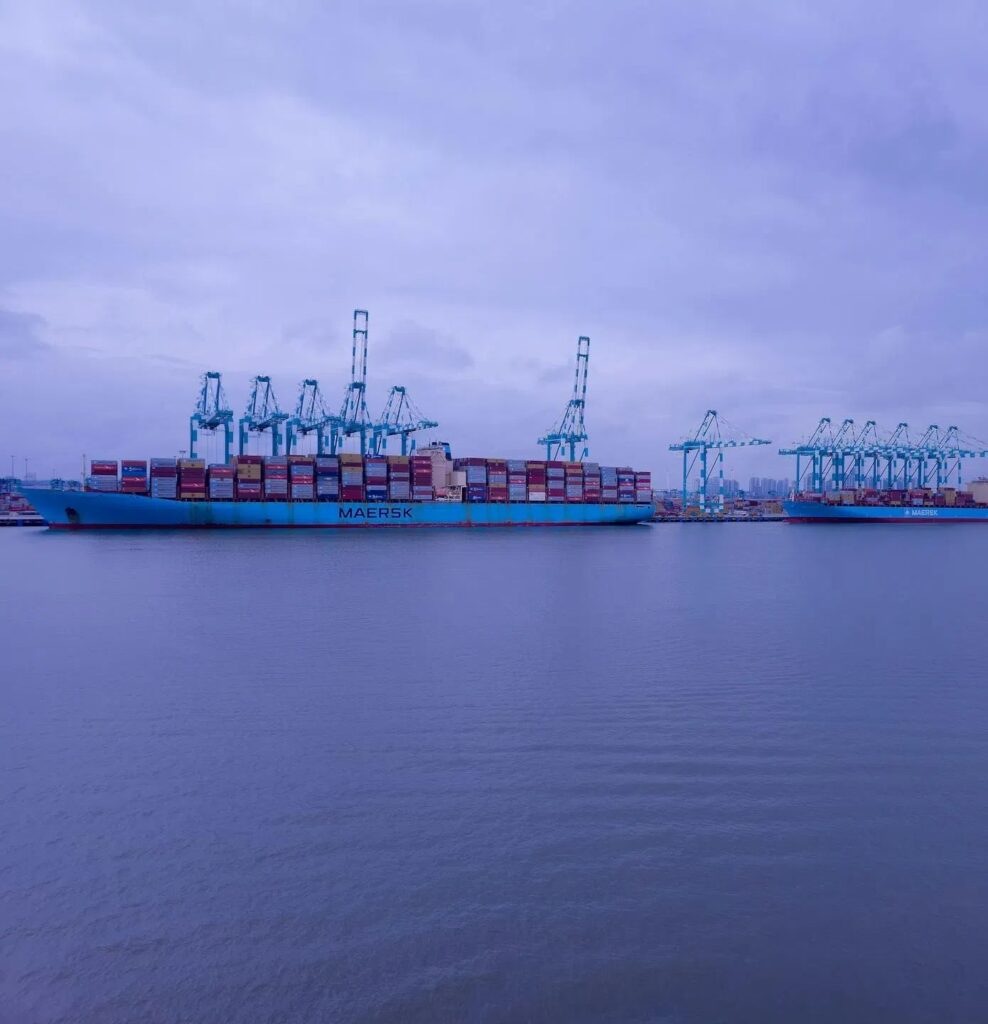
Key Operation Points in Transportation
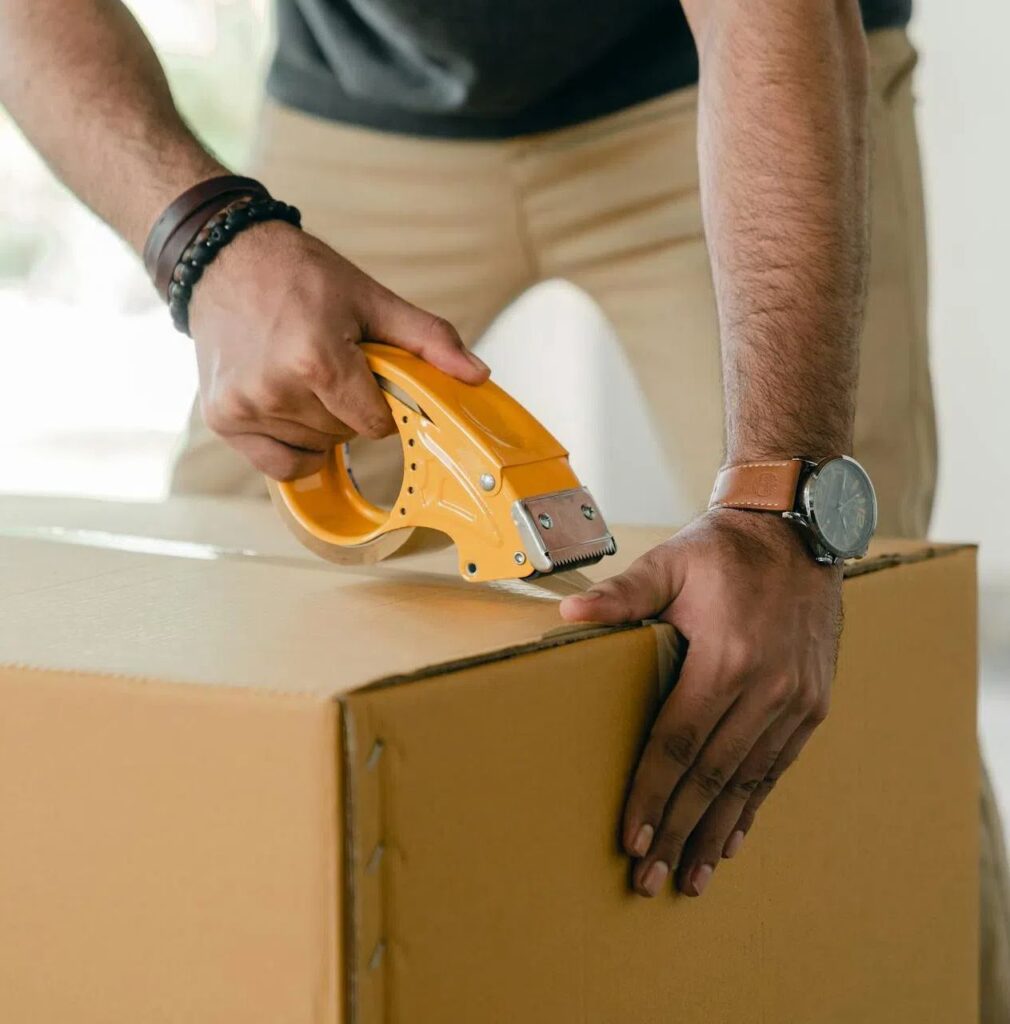
Customized Packaging:
For liquids, sealed and leak-proof containers are used, such as double-layer plastic bottles and specially made metal barrels, with anti-wave plates carefully designed inside to reduce the impact of shaking. Powder is packaged in sealed plastic bags and then put into sturdy cartons. When necessary, inert gas is filled to isolate the air and suppress chemical reactions. Paste goods choose hoses or tin cans with good sealing and pressure resistance, and an additional protective layer is added on the outside to resist external extrusion.
Labeling and Warning:
The outer packaging of the goods must be prominently labeled with signs such as “Fragile”, “Moisture-proof”, “This Side Up”, “Flammable (if applicable)”, and key information such as ingredients, weight, origin, and emergency handling measures must be clearly marked with legible fonts, so that handling personnel can easily identify and operate them, and respond quickly and correctly in case of emergencies.
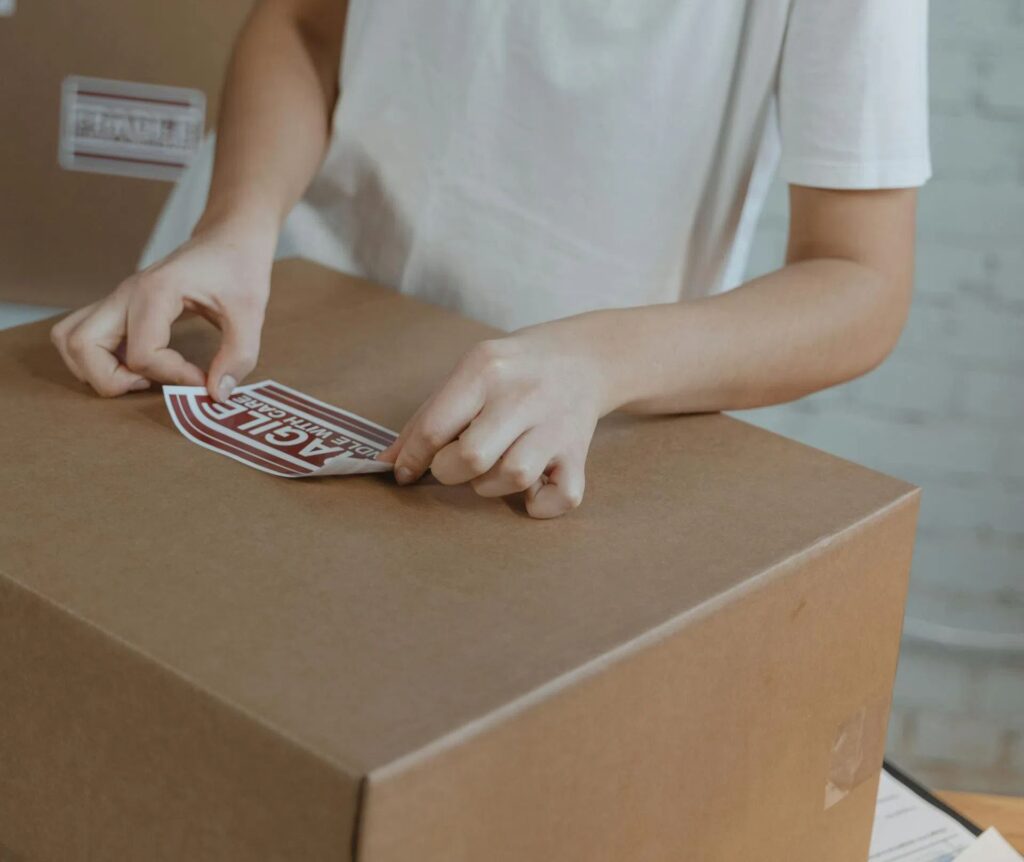
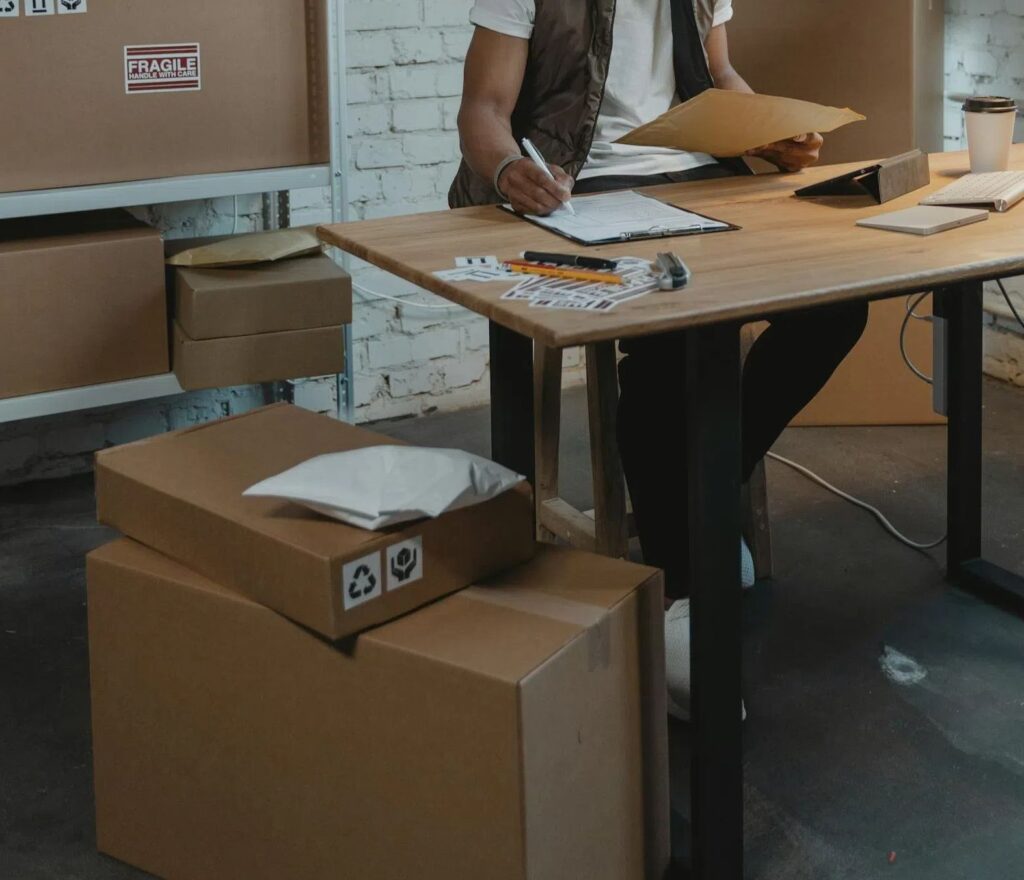
Pre-shipment Security Inspection:
Before shipment, professional equipment is used to conduct security scans on the goods, simulating various harsh environments during transportation, conducting self-inspection and self-correction, eliminating potential hidden dangers, ensuring that the goods meet the security standards of the place of departure and destination, and avoiding being returned due to failure in security inspection during transportation, disrupting the delivery rhythm.
Introduction to Transportation Modes
Sea Freight:
It is suitable for the transportation of large quantities of non-urgent liquid, powder and paste goods. Full-container load transportation can ensure relatively independent space for the goods and reduce the risk of mixed loading, but strict measures must be taken to do a good job in moisture-proofing and strengthening the container, and setting up multiple protective barriers.
For less than container load transportation, professional experience is required to carefully select compatible goods for combination, and at the same time, strengthen packaging protection to prevent squeezing and collision, ensuring that the goods “coexist harmoniously”.
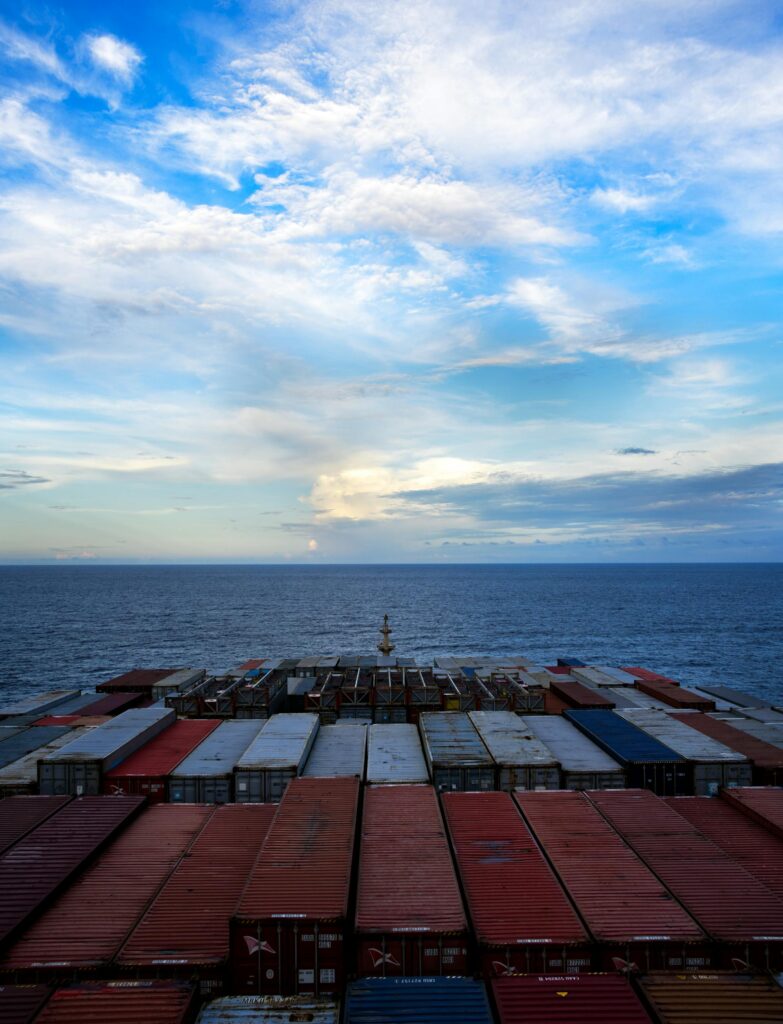
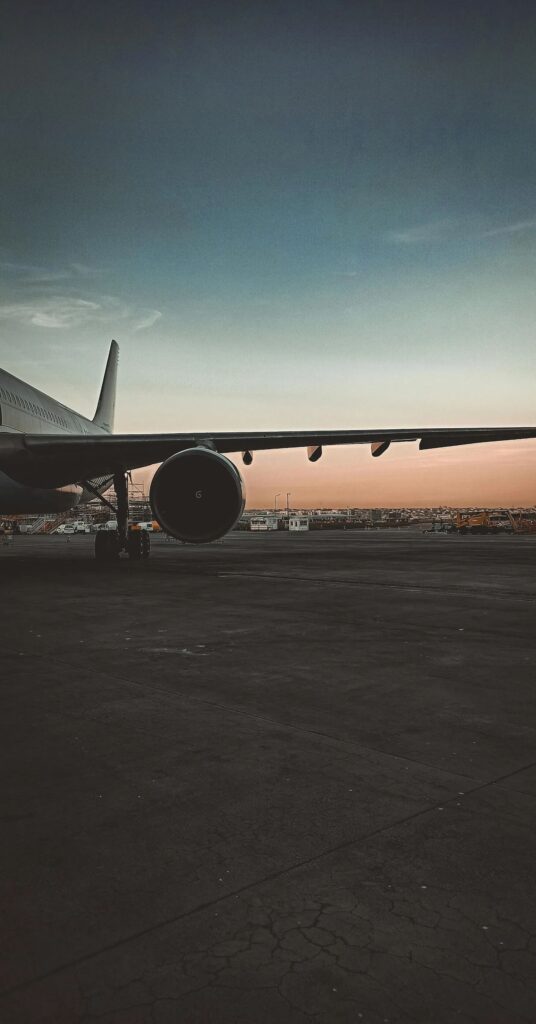
Air Freight:
Air Freight Dedicated Line: For goods with certain time-sensitive requirements and complete documents, airlines have opened dedicated lines, which are relatively flexible on specific routes. Through advance reporting and professional packaging review, faster transportation can be achieved. For example, high-purity liquid chemical reagents used in the electronics industry are transported with temperature control throughout the journey and track to ensure that the goods are “safe and sound” during the flight.
Air Freight Dedicated Line Small Parcels: For small e-commerce goods, such as small cosmetic samples and health powder drinks, they are light in weight, have fixed flight frequencies, and have cooperative customs clearance channels in the destination country, enabling them to be quickly and conveniently delivered to customers. However, there are strict restrictions on packaging size and weight, requiring precise “adaptation” to flight requirements.
International Express: Well-known express giants such as DHL and FedEx have powerful global networks. For compliant liquid, powder and paste goods, they can provide door-to-door services, but the cost is relatively high and they are commonly used for high-value-added, urgent and fully documented products, such as emergency medical drugs and high-end scientific research reagents, matching efficient services with high-end requirements.
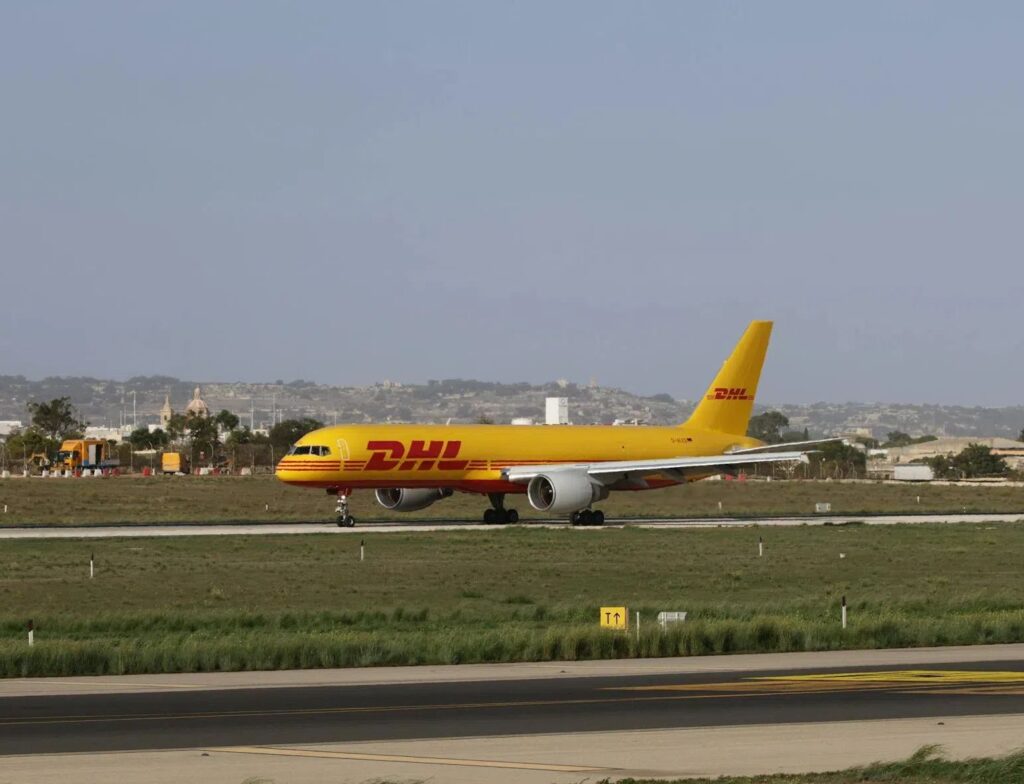
Overview of the Transportation Process
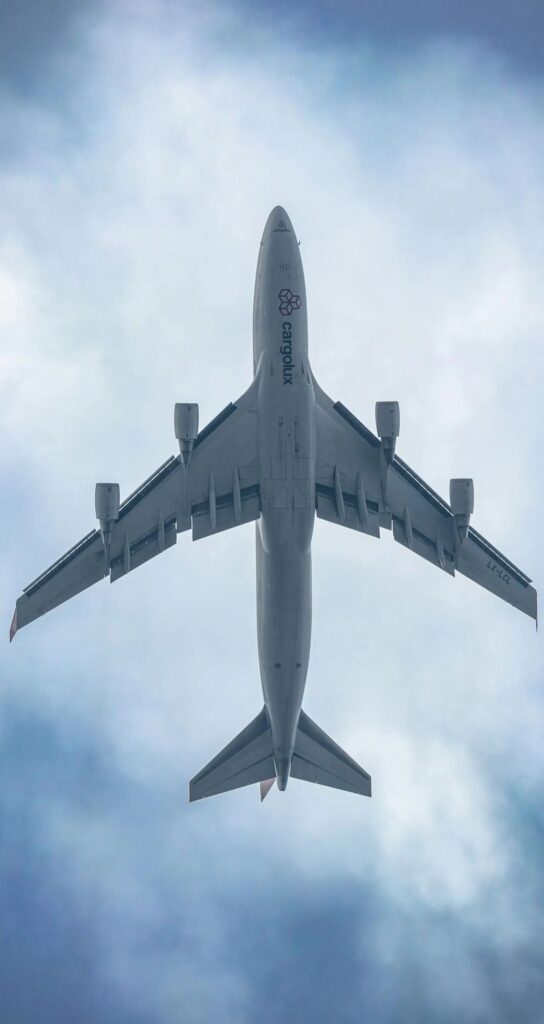
Consultation and Order Placement:
Customers provide detailed information about the goods, including type, ingredients, weight, destination, etc. Our professional team assesses the risks and quotes prices. After the customer confirms, an order is placed.
Goods Preparation:
According to the transportation mode and the characteristics of the goods, guide the customer to complete packaging and labeling. The goods can be picked up at the door or the customer can deliver them to the warehouse by themselves.
Customs Declaration and Shipment:
Submit the required documents to the customs. The customs broker makes the declaration. After the customs inspection and release, the goods are shipped according to the selected transportation mode. For air freight, flights are closely coordinated, and for sea freight, the ship is arranged for loading.
Tracking and Monitoring:
During the transportation process, use the system to track the real-time status of the goods. In case of delays or abnormalities, timely coordinate and handle them and actively feedback to the customer.
Customs Clearance and Delivery:
The agent at the destination port assists in customs clearance. After customs clearance, local delivery is arranged until the goods are successfully delivered and the customer signs for receipt.

Why Choose Us
In logistics services, the transportation of liquids, powders and pastes is a complex and highly specialized field. Due to their physical properties and potential hazards, these substances have multiple risks such as leakage, contamination, combustion, explosion, corrosion, deterioration, etc. during transportation, which require special attention and treatment measures.
Whether it is liquid, powder or paste, the transportation of such sensitive goods needs to strictly comply with relevant regulations and standards to ensure the safety and compliance of the transportation process.
In addition, it is necessary to choose the appropriate transportation method and packaging materials, and take appropriate protective measures to reduce potential risks. It is also crucial to maintain close communication with the transportation company throughout the transportation process in order to respond to possible problems in a timely manner.

Although the international transportation of liquid, powder and paste goods is full of challenges, with professional strength, from fine packaging, precise transportation selection to the whole-process attentive service, we escort customers all the way, enabling each shipment of goods to cross the oceans and reach the destination accurately.
In the future, we will continue to invest in research and development, explore more advanced packaging materials and technologies, optimize transportation route planning, further strengthen communication and cooperation with regulatory authorities such as customs, and continuously improve service quality. No matter how the global trade pattern changes, we will always be your trustworthy logistics partner, ensuring the worry-free transportation of your sensitive goods.

Liquid, powder, and paste freight line
Professionalism, compliance, and control of potential risks!
Click on the link below to contact us





